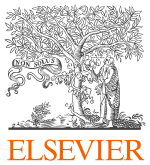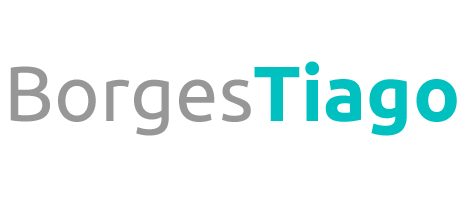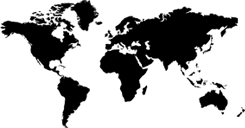02
Mar
2021
No Comment
| Title | Differences between TripAdvisor and Booking. com in branding co-creation |
| Authors | Maria Teresa Borges-Tiago, Carolina Arruda, Flavio Tiago, Paulo Rita |
| Publication date | 2021/2 |
| Journal | Journal of Business Research |
| Volume | 123 |
| Issue | |
| Pages | 380-388 |
| Publisher | Elsevier |

 |
 |
| Abstract: | The most popular travel platforms in the world are Booking.com and TripAdvisor. Both these platforms take advantage of users’ reviews as a source of information to help other users in their traveling decision processes. These users’ reviews are creating, recreating, and destroying online reputation, and consequently affecting firms brand image. Managing a hotel’s brand image online can be a major challenge, considering the wide range of user content generated in distinctive platforms. This article focuses on hotel brand image co-creation in TripAdvisor and Booking. Using a sample of 52 hotel units, all located in an island destination, it shows that despite both platforms being supported by user-generated content (UGC), both projected brand identity and image can be quite different. Content analysis was used to assess the brand personality traits communicated as well as sentiment analysis in order to understand the nature of the content better. Results show that hotel profile descriptions in the TripAdvisor platform convey a more sincere brand personality, while the descriptions in Booking.com convey a personality-oriented profile to the scale of excitement. This study demonstrates the utility of looking into electronic word-of-mouth as a source of brand meaning co-creation. |
| Keywords |
Brand image co-creation; TripAdvisor; Booking; Hotel; Electronic word-of-mouth
|
| Citation (APA) | Borges-Tiago, M. T., Arruda, C., Tiago, F., & Rita, P. (2021). Differences between TripAdvisor and Booking. com in branding co-creation. Journal of Business Research, 123, 380-388. |
| DOI | 10.1016/j.jbusres.2020.09.050 |
| Link | https://www.sciencedirect.com/science/article/abs/pii/S0148296318305630 |

